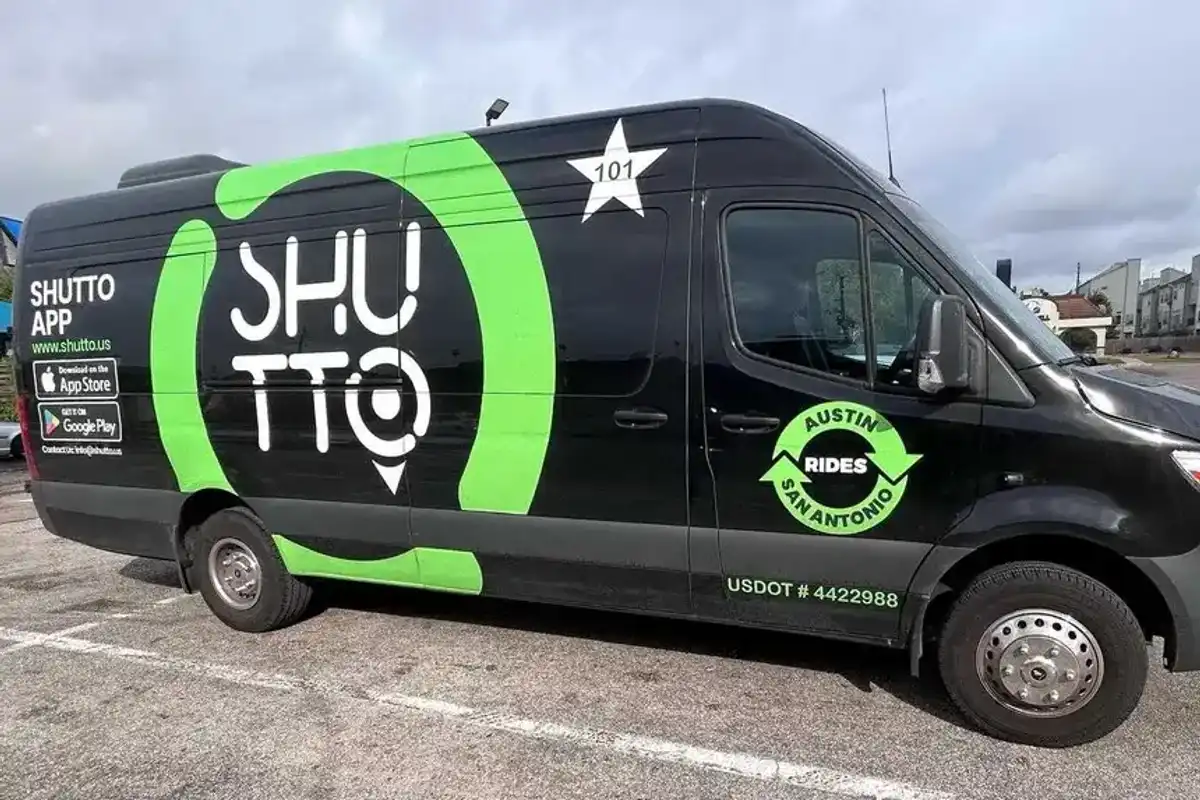Expert shares advice for Houstonians experiencing a pandemic-sparked career change
Guest column
I've had so many pivots in my professional career; moving across the country, internal promotions, leaving a corporate job to launch my own company, and repositioning myself and my brand in new markets. But I'm one of those people who enjoy lots of change, and as I've continued in my career journey, I've found that those sentiments are not shared by many.
Making a career transition can not only be stressful for a majority of professionals but can paralyze people from making decisions that carry their livelihood alongside them. This is one reason I am fueled to help professionals, to be a support system for these complexities and helping them make decisions based on facts and strengths, not on fear.
As a career coach, it's my job to find a way to piece together years of experience for professionals in order to tell a story of growth, change, and transferable potential to sway key decision-makers for employment and economic opportunity.
Over the past several years, I've seen many trends in client challenges, storytelling similarities and developed a knack for helping people with complex stories make a successful career or entrepreneurial leap.
A new approach to career transitions
But then at the end of 2019, COVID-19 crept across Asia, slowly derailing markets, leading me to shift my focus to supporting my European clients as they began their lockdowns.
Job offers were being taken off the table, hiring freezes were put in place and travel required a two-week quarantine at either end. The fear in each of my clients' voices was palpable, and my resolve needed to be strong. I needed to stay steady, calm, and think more strategically than ever before to help them navigate this unchartered territory.
Within two months, the United States had been infiltrated by the virus, and the layoffs and furloughs began piling up. Now I was working across nations and states going through different phases of impact and needing to understand how to support these entrepreneurs and professionals in navigating through this.
Navigating the nuances of career change
What I realized is that I already had these answers. Navigating complexity has been my place of zen and working with intelligent, hungry individuals like yourselves continued to fuel my ability to innovate strategy and make a significant impact on career transitions.
I began to divide clients into priorities: furloughed and need work, laid off, overworked and need an exit, career epiphany, and entrepreneurs needing to reevaluate their business models.
If you were furloughed, there was a sense of hope, anxious to return to the workforce, and leaving bitterness for many when that call never came. In the state of Texas, 2.5 million professionals have lost their jobs, and only 1.8 million returned to work in 2021 to date.
In Houston, unemployment rates have maintained a high rate of about 8 percent in recent months. At the peak of COVID-19, the unemployment rates spiked significantly to more than 14 percent which translates to a large number of qualified people out of work.
Laid off and evaluating next steps
For those who were laid off, we had to evaluate financials. Was this a three-month endeavor or an ASAP, "my electricity will be shut off in two weeks if I don't find a job" scenario?
That dictated how we approached it. For the longer timeframe, we looked at roles carefully and targeted the best outcomes, tailored branding documents, and profiles and were highly intentional about applications.
In the second scenario, we made mandatory updates to branding and started the rapid apply approach to line up interviews quickly — even if it was going to be a short stint or a less than a glorious long-term option.
Overworked and anxious
Overworked and anxious to leave their jobs, this group had different desperation in their voice. They had previously enjoyed what they did, had an ambivalent outlook toward their employer, and thought things were 'going well.' This all changed when their support staff was sent home on furlough and those hours and that workload was enveloped by their department. These professionals felt blindsided.
How could things go from 'all is well' to 'get me out of here NOW!' in only a few short weeks? The mental, emotional, and physical stresses were and continue to be a leading factor in the rise in depression across the nation from 20 to 25 percent to 40 to 50 percent.
For this group of professionals, we focused on the role they had before the pandemic hit and those areas of fulfillment. We also focused on boundary setting to help support a move to a company where boundaries would need to be upheld to promote a healthier life balance.
Career epiphany clients
Next were my career epiphany clients. These professionals were awoken from the monotony that was once their career. Working from home, having different priorities, and learning to juggle many hats afforded new perspectives. This also meant that these professionals were no longer fulfilled in the direction of their careers, and were prepared to start anew.
This opened up an entire world of possibilities.
Unlike the career changes who had immediacy and trauma associated with their move, these epiphany clients were optimistic and strangely calm amidst the chaos and weight of this decision. Their priorities were no longer focused on one area but encompassed a much more holistic viewpoint.
And so, having the calm on our side, we would spend time working through their work attributes, close values, and defining their innate drivers in life. This work allowed us to choose roles that spoke to them.
Entrepreneurs
In the last group were my entrepreneurs. These business owners were looking at a brand new market and not knowing how to evolve their business model to fit the needs and budgets of their consumers. So many were filled with doubt on how they could ask for more money, or not have to increase their working hours to make the math work.
Our work felt like an enormous puzzle, putting all the right colors together first, then seeking out the corners and edges, until we could work toward the middle and most ambiguous pieces.
Together we redefined their clients (were they the same? Did they have the same needs now?) and how to best serve them. This required them to get out of their tried and true practices, as needs and budgets have also changed and evolved for their customers and clients. So we reverse-engineered into new pricing and service offerings that would provide immense value in a time when people needed it the most.
Each set of variables were unique, but the mindset and fears were so aligned with one another within each of these groups that I could provide streamlined tools that I knew would work to move the dial in their progression and overall success.
Innovative approach to career transitions
Utilizing resources that I already had, meant I just needed to find innovation in my approach. How was I to get professionals and entrepreneurs to learn and apply at rapid speed? How would I get through to them during this stressful time?
The approach was to give more actionable tools for them to leave each call with purpose and a sense of adventure ahead. I utilized a goal-setting sheet to identify priorities and lead from their reality, rather than standard best practices.
We focused on 4 key areas:
- Financials
- Growth
- Roles
- Timeline.
I realized that the biggest fears were in the unknown. So if we could start at a basic framework of knowing what they needed in order to pay bills and not disrupt life more, we could then focus on what was in their ideal, their wants, their bigger goals.
But I found that almost everyone trying to envision more money, or growth in roles during a global pandemic, didn't know how to focus on the future if they didn't know what needed to happen now, in the current state.
Everyone's reality was different, yet the momentum and freedom created by writing down their most vulnerable, essential needs, created a release in their energy and made conversation fill with hope. Having created a tangible plan of action had more impact than ever before. I took this momentum and challenged clients to do their homework, speak to their partners, their families.
With every group of transitioning professionals, this worked. My analogies and anecdotes changed and evolved as the year progressed, but this new starting point was the cornerstone to build confidence and momentum quickly.
Building a new path
As we start to see Texas opening up its businesses and mask requirements starting to shift, we will continue to see people in flux.
Overcoming storms, a pandemic, depression rates increasing, and an influx of new residents, the state will continue to find resilience. But professionals need to understand that before letting fear set in, there are steps you can take to release that pressure and build a new path, a new career, and a new story.
Understand and embrace your reality, write it down, uncover what is leading the fear, then take the first step to eliminate it.
Making a transition takes effort, but understanding your options based on your needs, and then your wants, will help create the movement you need to take that next step and keep moving in the right direction.
------
Briar Dougherty, CEO and president of Career Organic, an Atlanta-based career coaching company.





